Statistics
The following statistics have been collated from feedback surveys completed in India and Indonesia during phase one of the SEASEP programme.
The chart below shows that most of the companies that engaged with the programme had fewer than 50 employees.
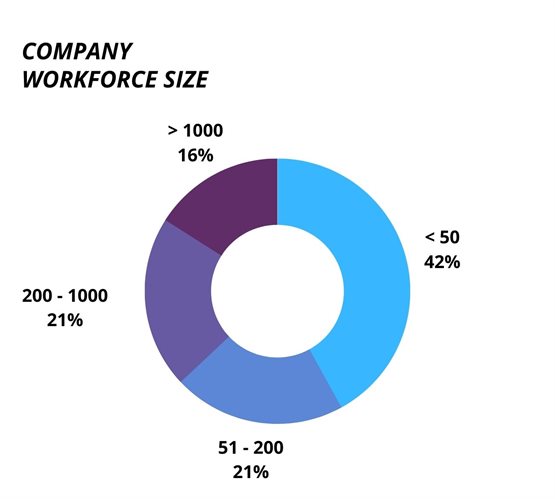
The following chart demonstrates the need for SEASEP, with 37% reporting that workplace accidents had occurred that resulted in injury.
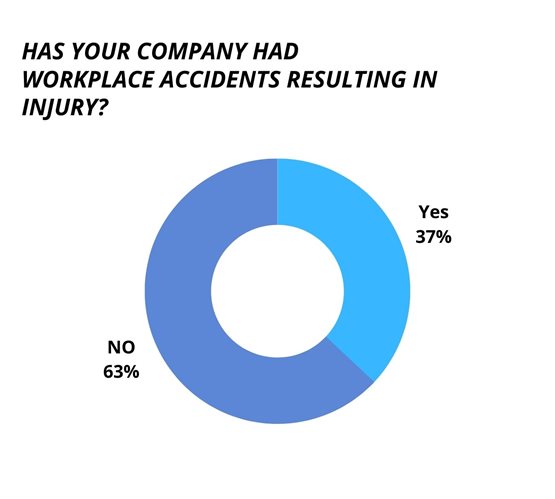
This chart shows that, were accidents had occurred, 21% had not made any changes as a result.
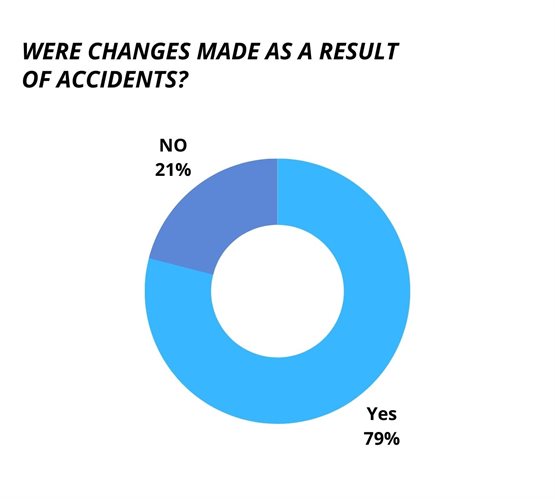
However, following SEASEP training in India and Indonesia, 94% of respondents reported improved safety and inspection activities as a result.
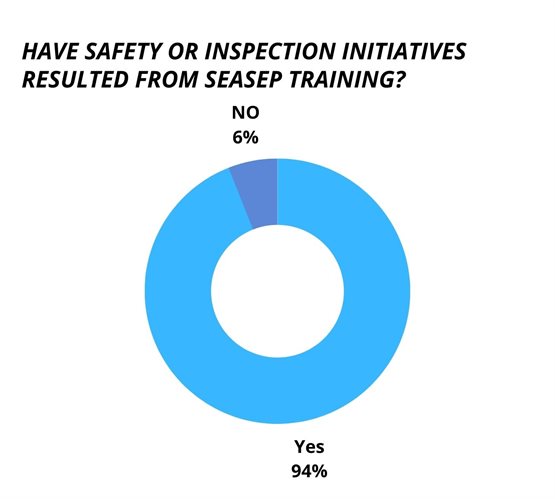
The SEASEP training was also shown to have a direct impact on company health and safety culture, with all respondents reporting that international health and safety practices and inspection standards had been encouraged to be adopted as a result of the training.
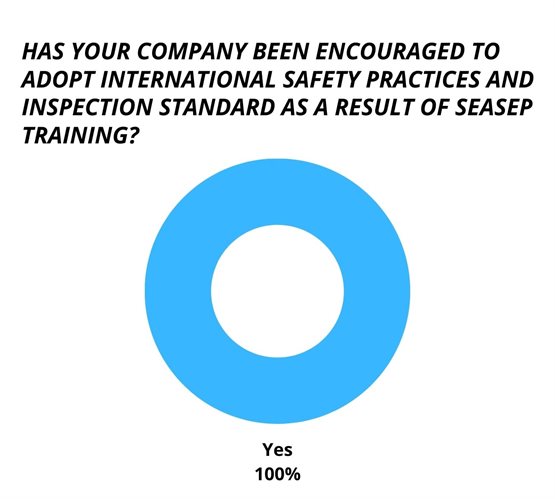
SEASEP placed a real focus on training women across South East Asia, with many of them already reporting a good level of educational attainment ahead of the training.
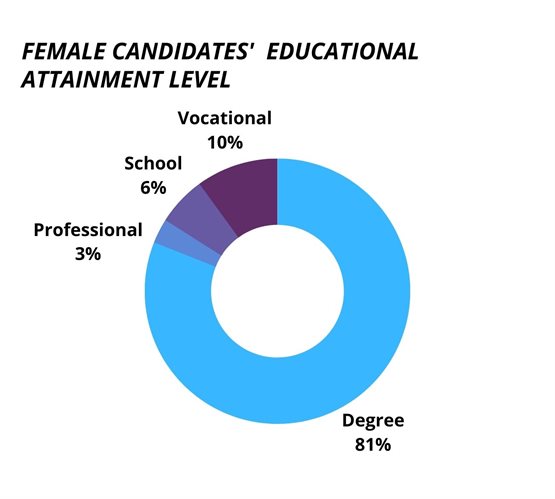
Of the female candidates trained, the majority chose to take the CSWIP 3.0 training.
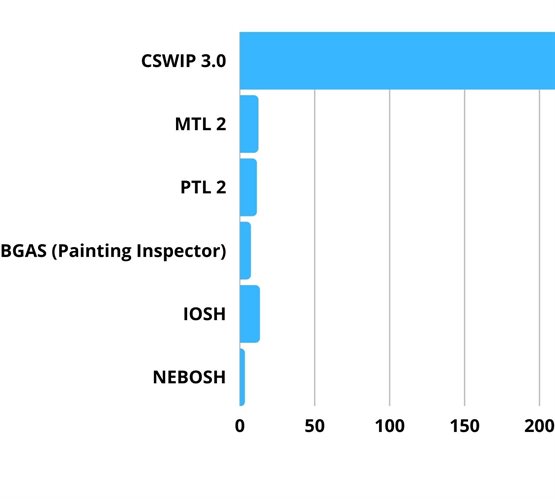
Looking further into the details for each region, nearly half of Indonesia's SEASEP scholars came from the Riau Islands.
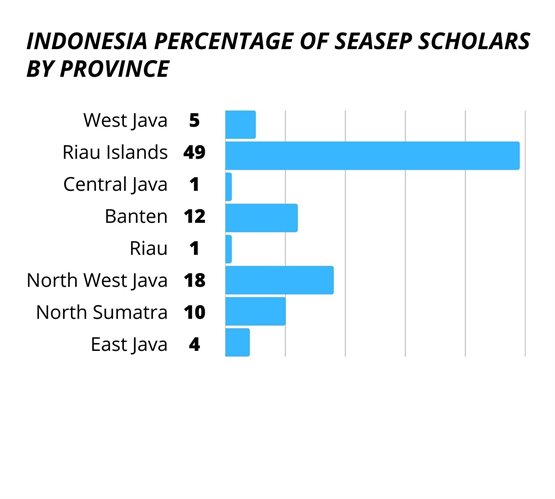
India's scholars, meanwhile, were shown to mainly come from Tamil Nada (77%).
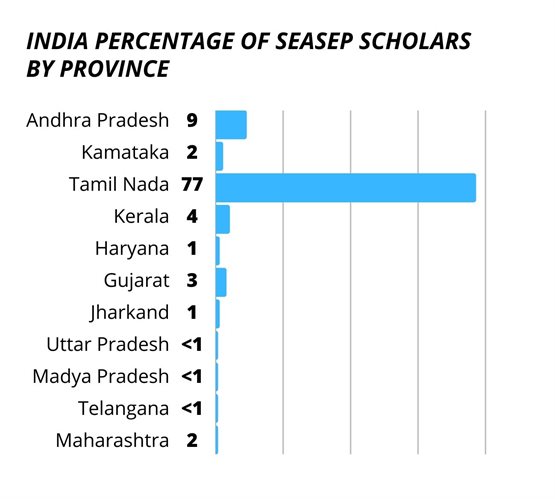
Respondents from both India and Indonesia showed the training provided by the SEASEP programme had a positive impact on their understanding of the importance of health and safety, as well as empowering them to have a positive impact on the health and safety culture of their companies.
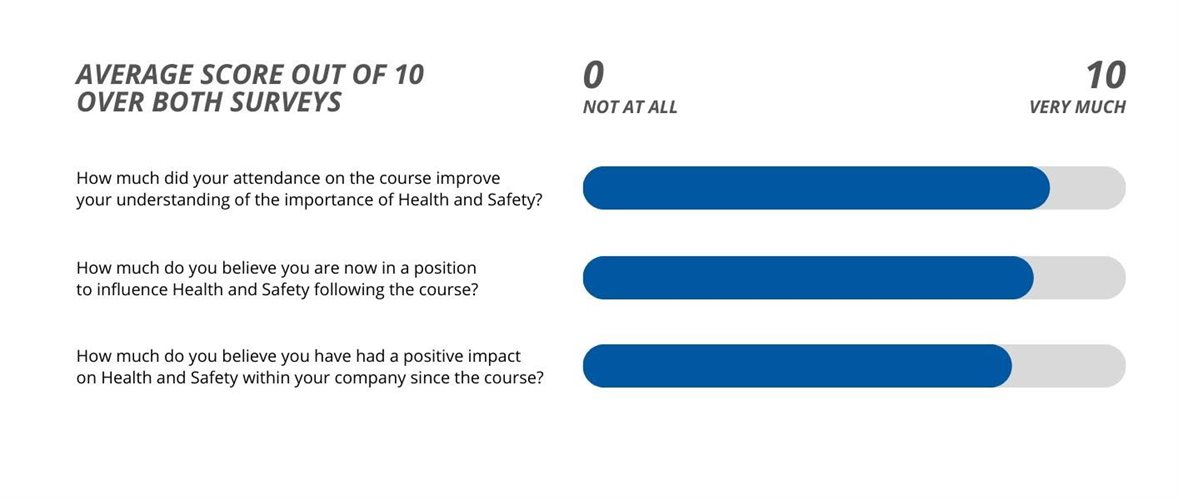
The training was also shown to positively impact the respondents' potential career progress.

The majority of the students also showed that they were planning to partiipate in events related to occupational health and safety inspection, helping to further the reach of the SEASEP training.

The training was also shown to be directly relevant to the employment of most of the respondents.
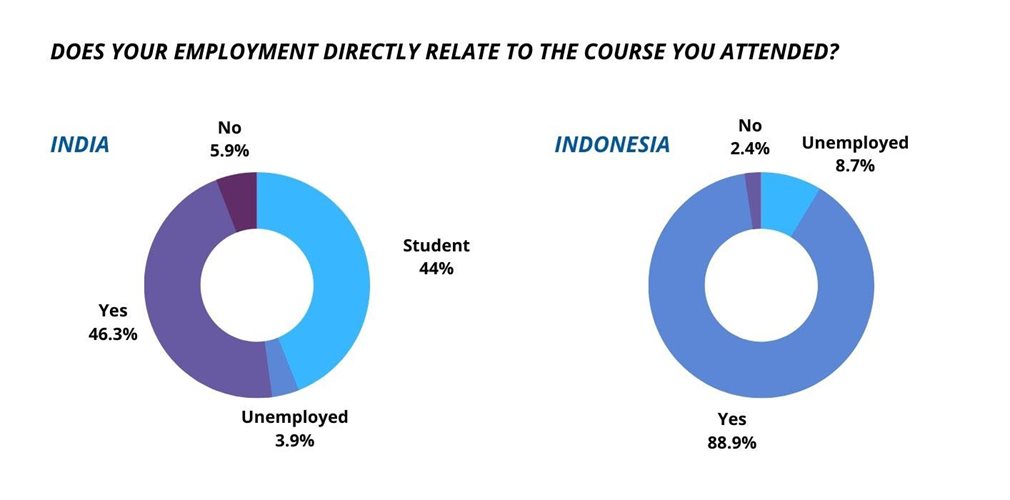
The relevance of the training was also shown to be useful for the majority of respondents to gain employment interest in their regions.
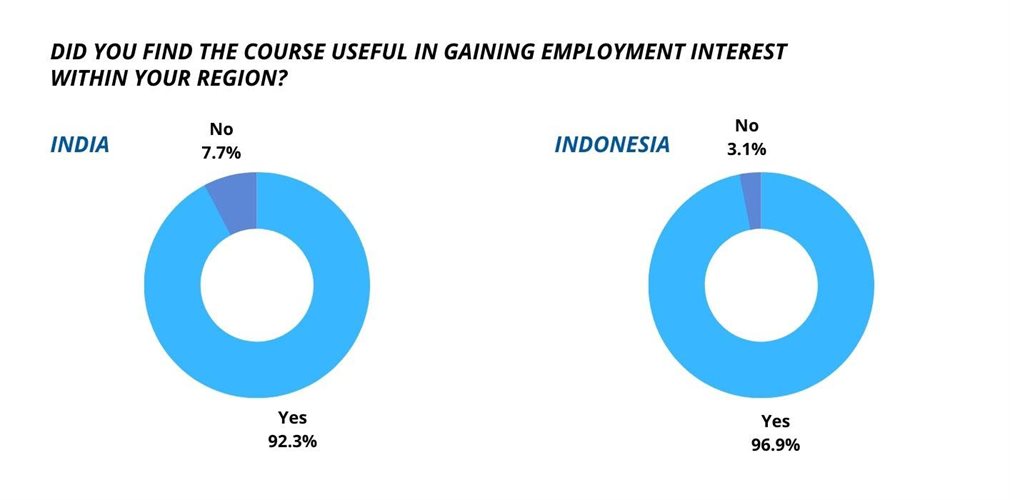
The international standards of the SEASEP training was also shown to be of importance to companies in both Indoa and Indonesia.
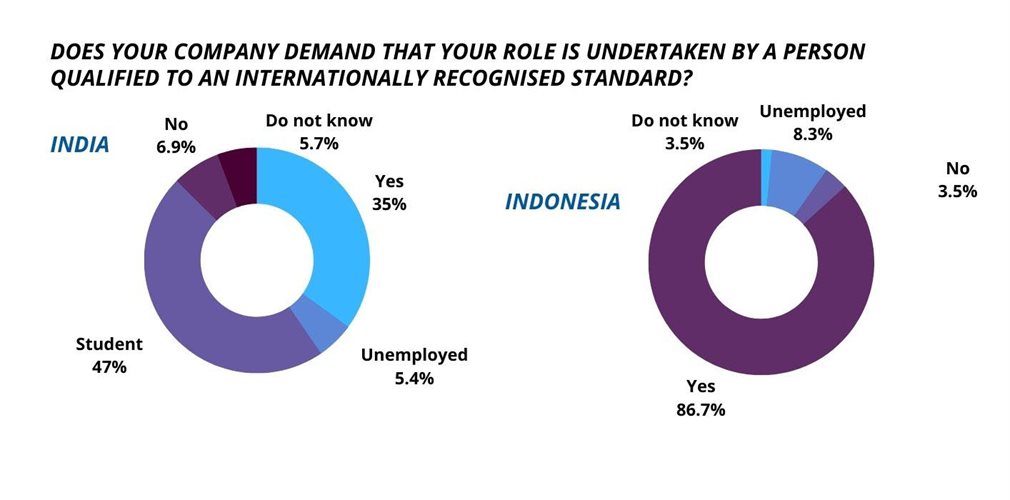
In addition, most of the trainees in employment replied that new safety and/or inspection rules had been implemented by their companies following the training.
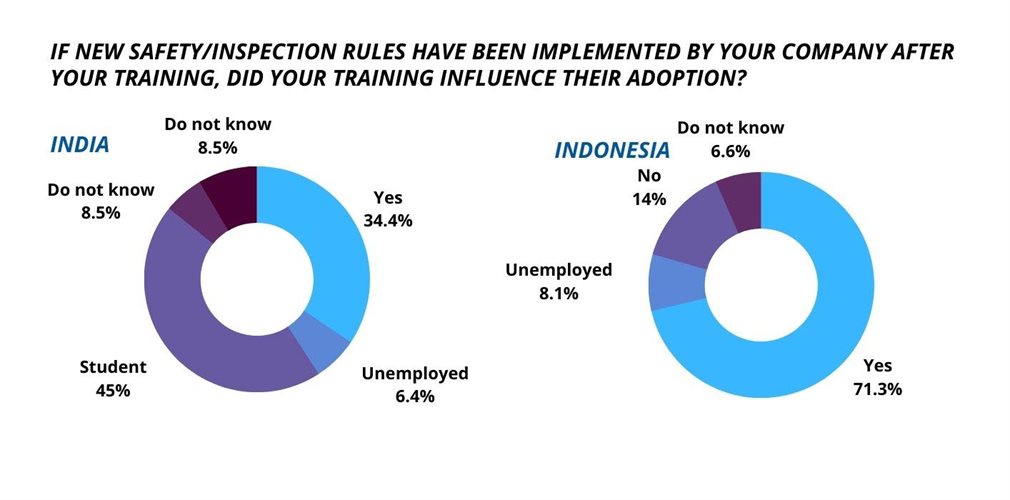
Those in employment also showed that the majority of their companies were insisting on the correct PPE equipment to be used as a result of the training.
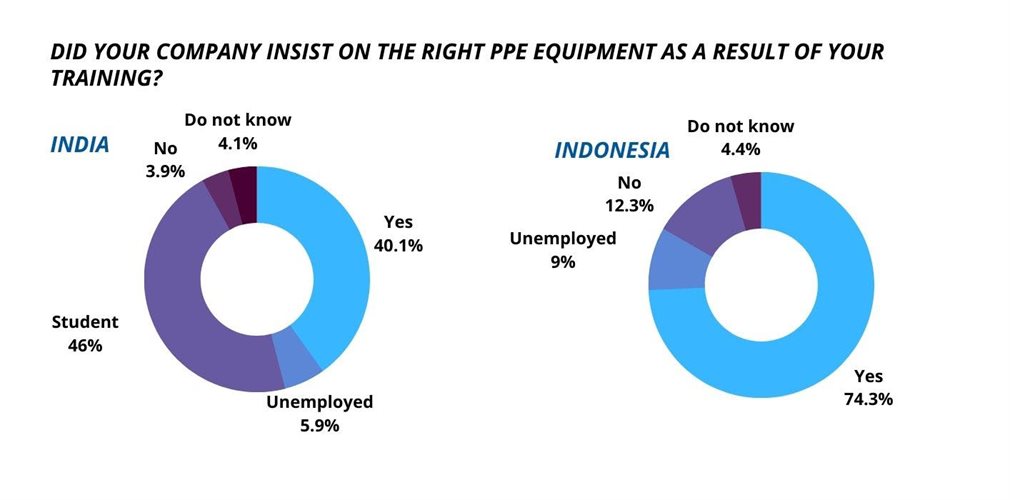
Furthermore, most of the companies employing SEASEP trainees were shown to be adopting further international health and safety (including inspection standards) as a result of the programme.
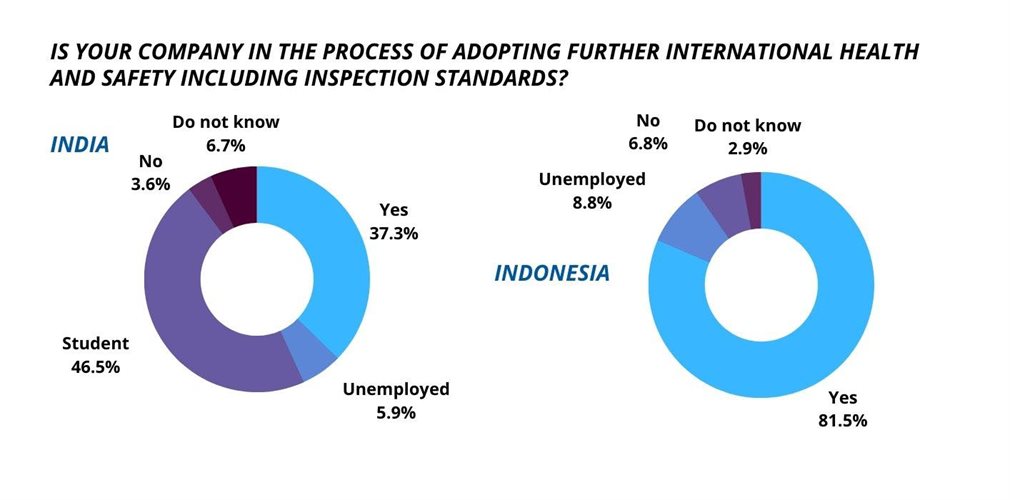
The reach of the programme continued to be felt beyond the trainees themselves, with the majority of employed respondents in India and Indonesia stating that new safety douments and working standards had been introduced.
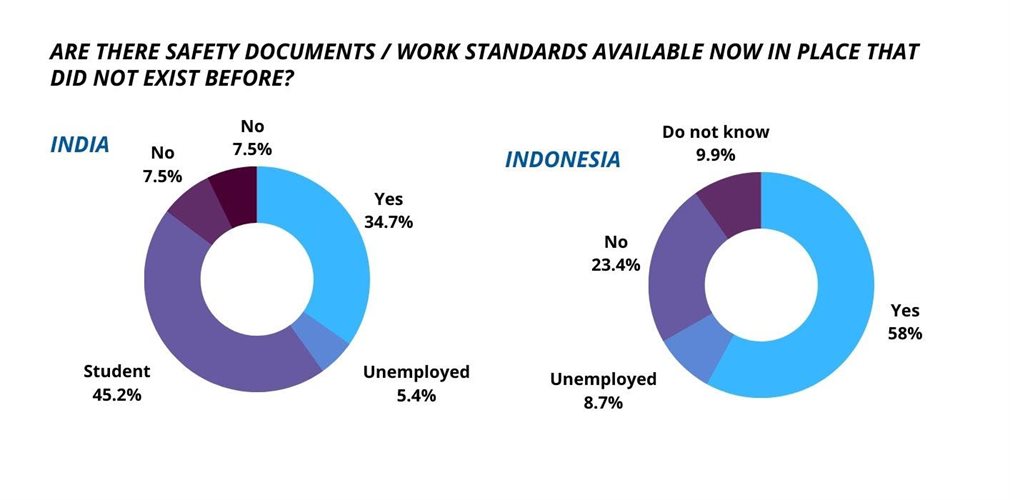
These statistics show that the SEASEP programme is having a positive impact on individuals and companies alike.